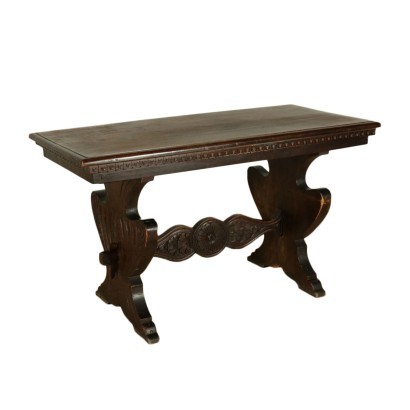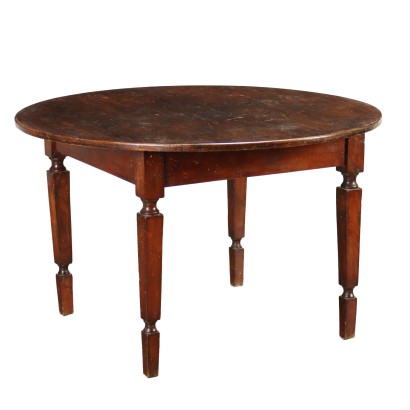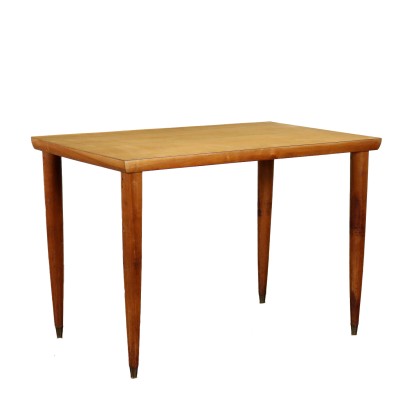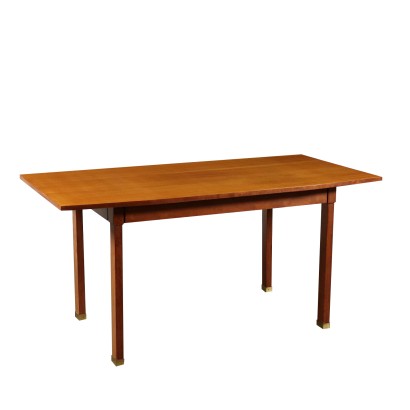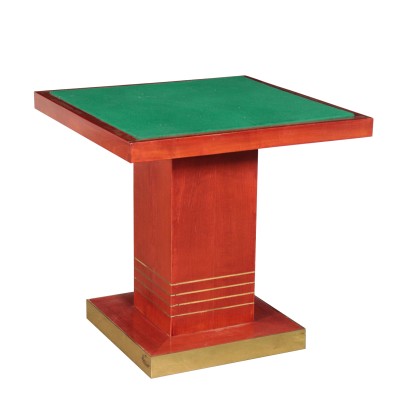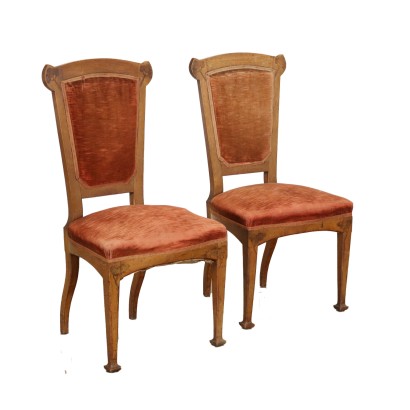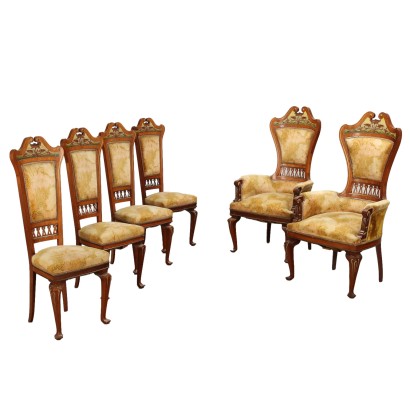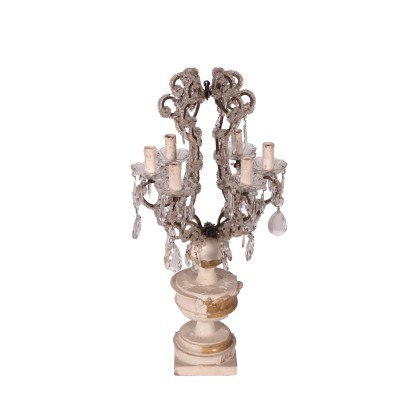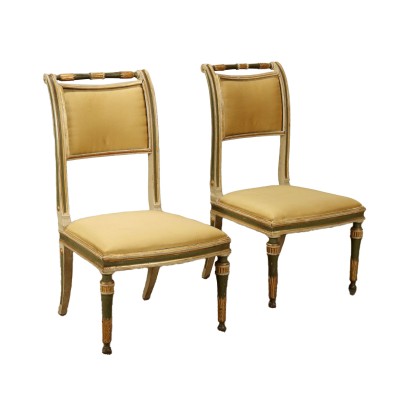Neo-Renaissance Revival Table Beech Italy 20th Century
Features
Style: Neo-Renaissance Revival
Age: 20th Century / 1901 - 2000
Origin: Italy
Main essence: Beech
Description
Neo-Renaissance revival table supported by engraved cup-shaped pillars connected by a moulded engraved crossbeam; beech wood.
Product Condition:
Fair condition. Wear consistent with age and use.
Dimensions (cm):
Height: 79,5
Width: 139,5
Depth: 66
Additional Information
Style: Neo-Renaissance Revival
Stylistic revival, from the 1900s, of the forms typical of the Renaissance style.This is a style that re-proposes, looking at the grandeur of the past, decorative motifs and decorations typical of the 1500s.
Mascheroni, cornices, columns carved with herms that make up typical architectural structures of Renaissance palaces, are the elements that characterize the Neo-Renaissance style.
These elements will remain in the production of furniture until the early 1900s, contaminating themselves with floral elements.
Find out more about the Neo-Renaissance with our insights:
A Milanese library between the Belle Epoque and Fascism
Age: 20th Century / 1901 - 2000
20th Century / 1901 - 2000Main essence: Beech
It is a semi-hard wood which, unfortunately, is easily wormed, therefore it is considered poor. Due to its light but variegated shades, from blond to reddish, it was nevertheless appreciated by French cabinetmakers. It was mainly used for furniture structures or, as an alternative to walnut, by provincial English furniture makers for popular works, mostly in the 1700s. The noblest use is due to Thonèt, who applied the steam bending of the beech in the making of the furniture, in particular for the chairs that took his name. Alternative proposals
It could also interest you



